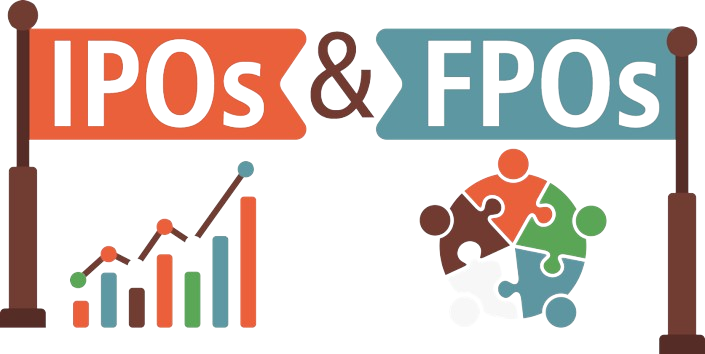Every business requires funds for its operation and growth, and there are various avenues to raise said funds from. One of the most prominent modes of raising capital for companies is a public issue.
In this article, we shall discuss the two main types of public issue, namely, Initial Public Offering (IPO) and Follow-on Public Offer (FPO), and how the two differ from each other.
What is an IPO?
An Initial Public Offering is the first offer of shares to the public by any company. Since an IPO marks the first step for a private company to become a listed company, the process of an IPO is also referred to as going public.
IPO investment is often marked by rigorous marketing by the issuing company so as to attract investors to subscribe to the issue. There are two main types of IPOs – a fixed price issue (with a predetermined offer price for shares) and a book building issue (with a price band for the shares on offer).
What is an FPO?
A Follow-on Public Offer or FPO is the term used to describe all the public issues of a company following its Initial Public Offering. In many ways, an FPO is similar to an IPO, but in some ways, the two differ. There are two main types of FPOs, namely, a dilutive FPO (wherein a company issues fresh shares to the public) and a non-dilutive FPO (wherein a company offers already issued shares held by promoters/ directors).
Key differences between an IPO and an FPO
While IPO investments carry a sense of buzz, FPOs tend to receive relatively less attention. Since the shares of a company are already available to be purchased from the market, FPOs are not necessarily seen as lucrative investment opportunities. Here are the major differences between an IPO and an FPO.
To Sum it Up
Both Initial Public Offering and Follow-on Public Offer are ways for companies to raise capital from the public and/ or make the desired changes in their capital base. Should you wish to invest in an IPO, you can check the BSE IPO list and the NSE IPO list.
Similarly, you can look out for Follow-on Public Offers by renowned and credible companies. Whether you invest in an IPO or an FPO, it is critical to carry out due diligence before making your investment decision.




